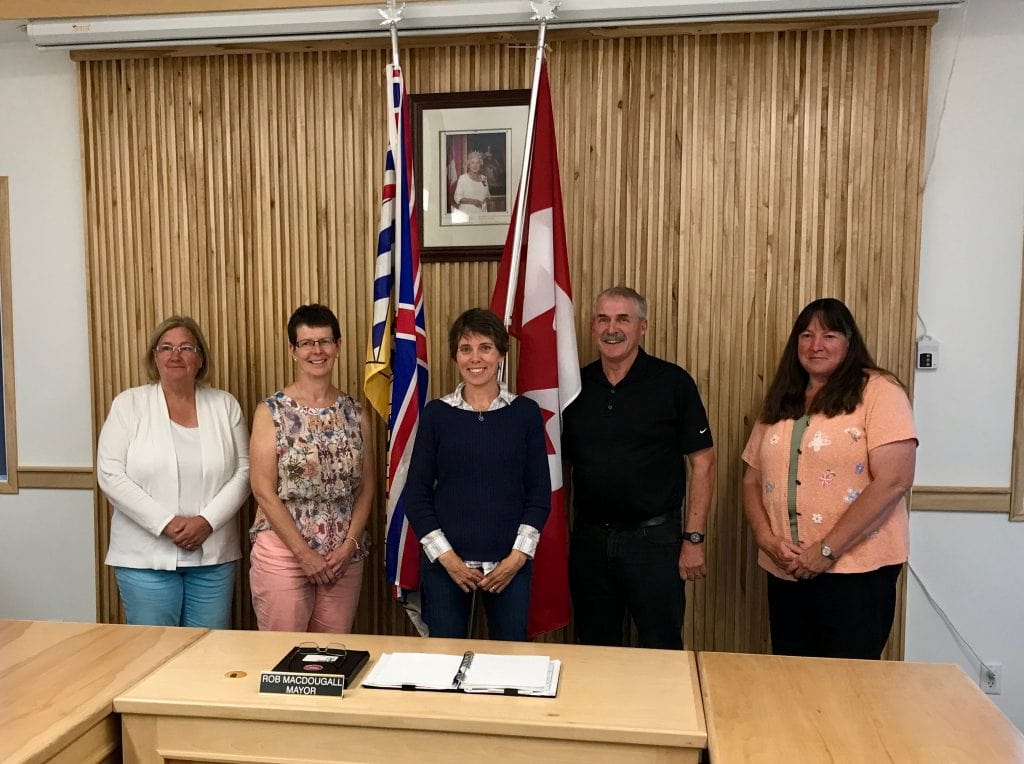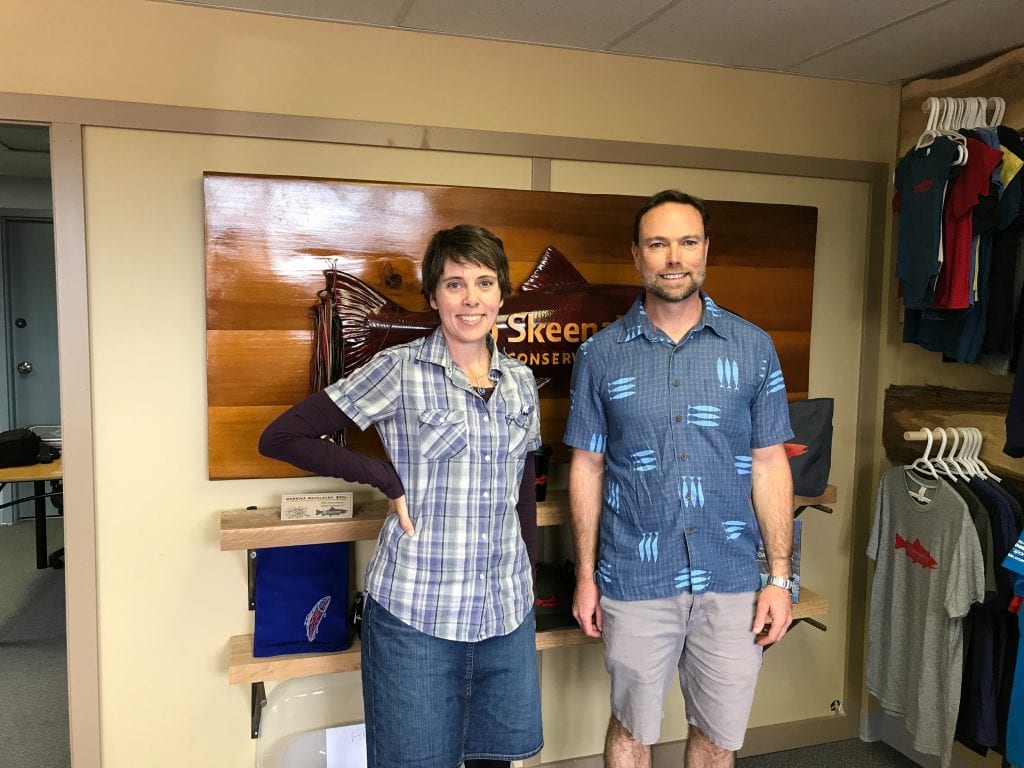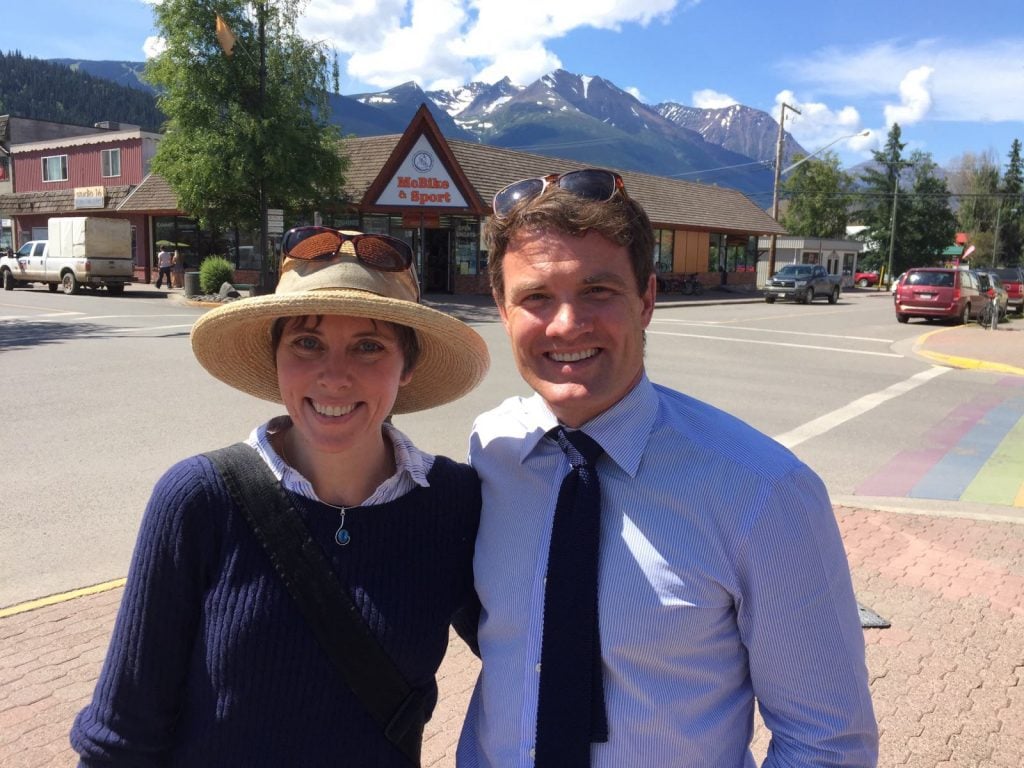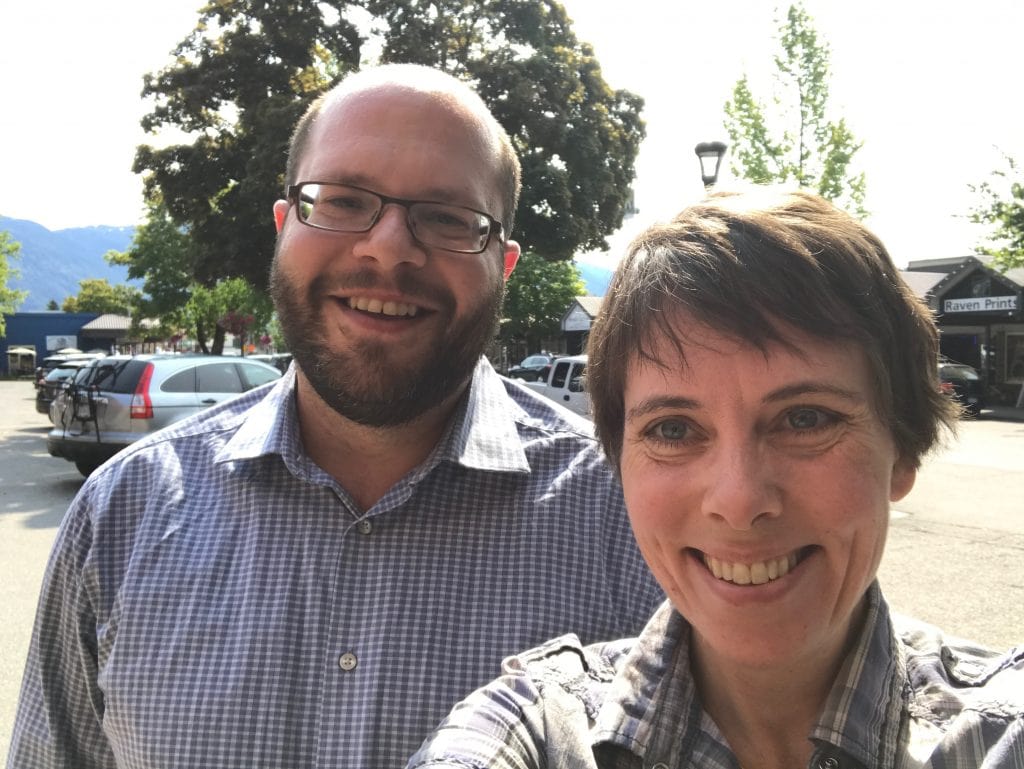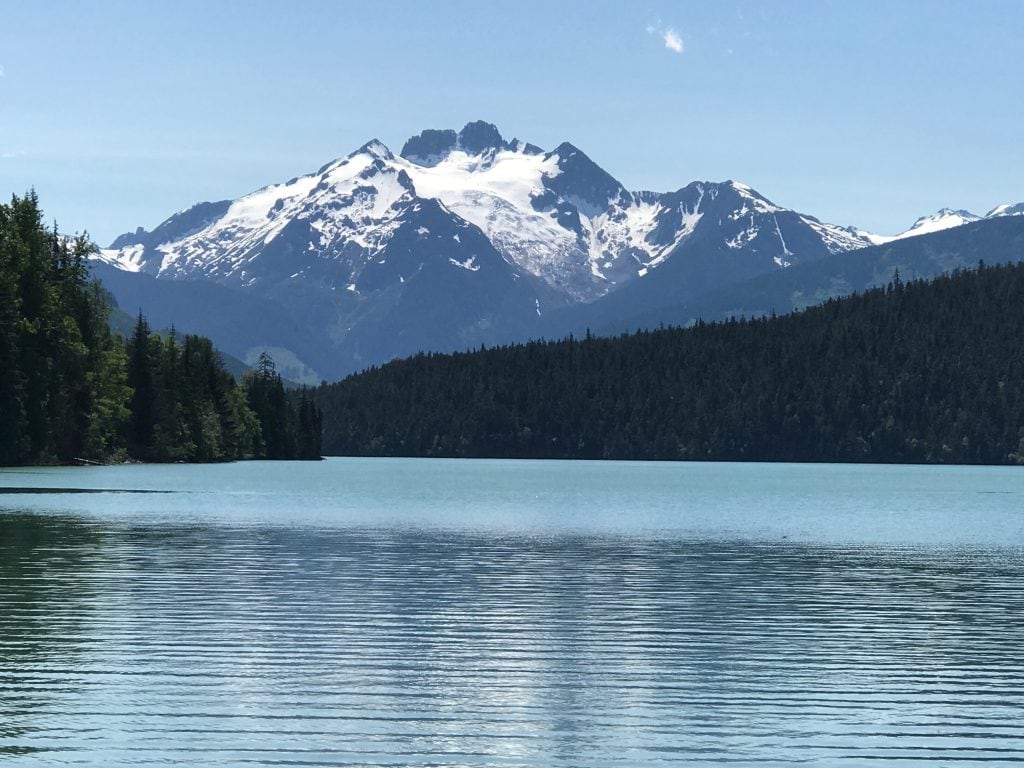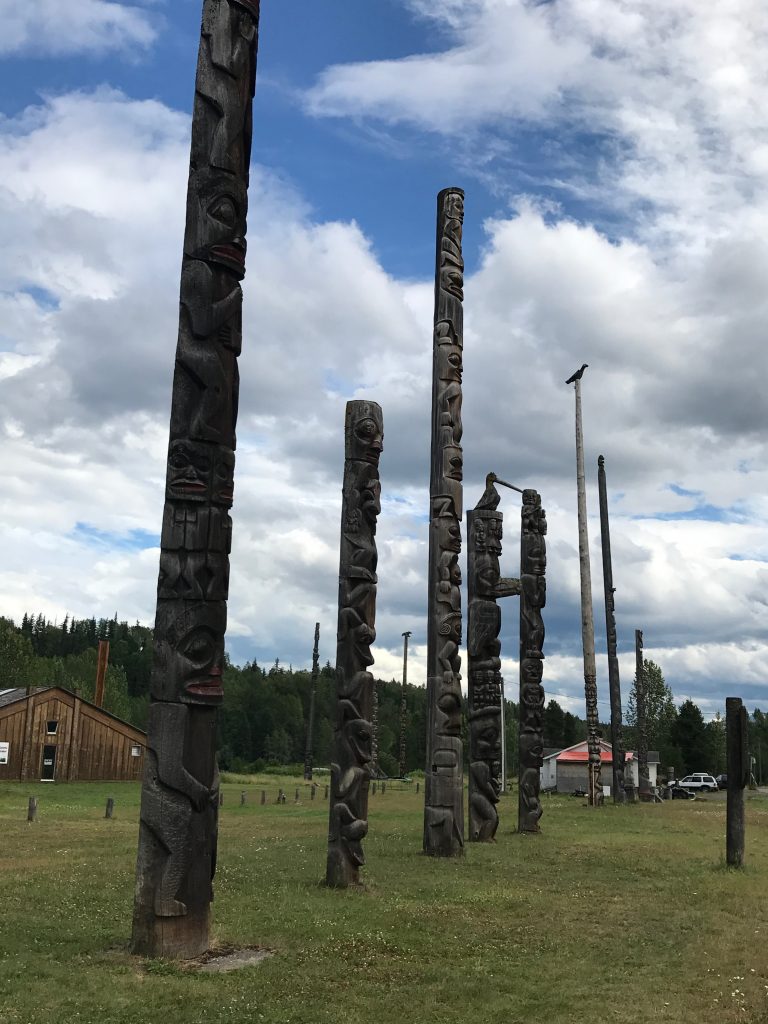In July, my family took a two-week trip through northwestern British Columbia. I was amazed by the beautiful and ever-changing scenery, and inspired by the resilience of the people and communities.
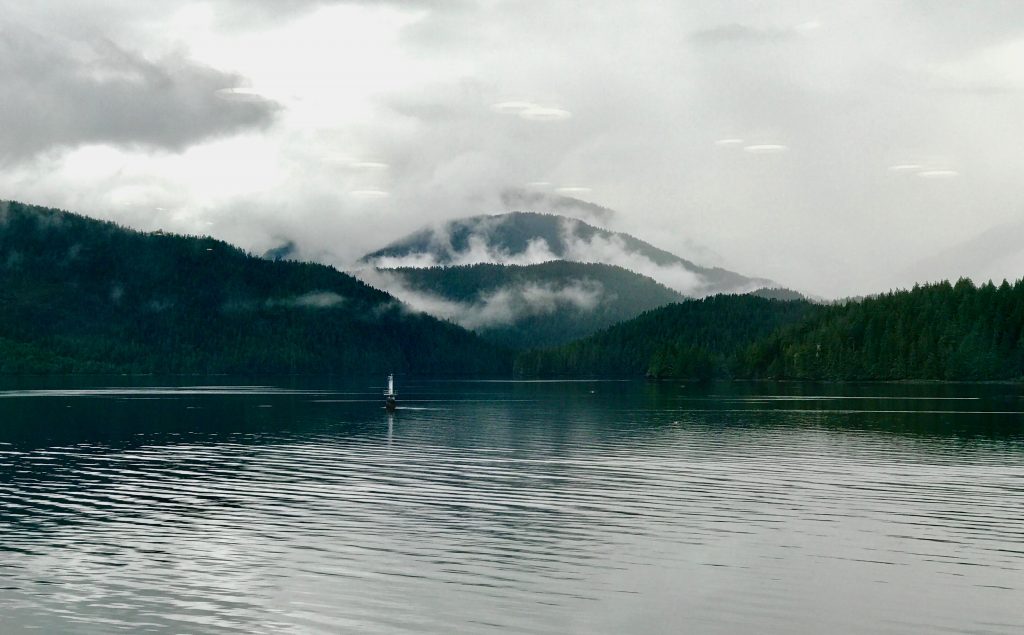
I met many people in several communities: a consultant who works for a coastal First Nation, a Gitxsan elder, the founder of a conservation group, councillors, mayors, and regional directors from Terrace, Smithers, Fort St James, and Prince George. In each conversation, these themes emerged: economic diversity, resource benefits alliance, investment, and love of place.
Economic Diversity
So often, we speak in broad categories in BC: the south; the north; urban; rural; resource-based economies; the high-tech sector.
What was immediately evident to anyone who travels to the northern region of this province is that these categories are oversimplified. The communities in northern BC are distinct, the populations are diverse, and the economies that support them are sophisticated and varied.
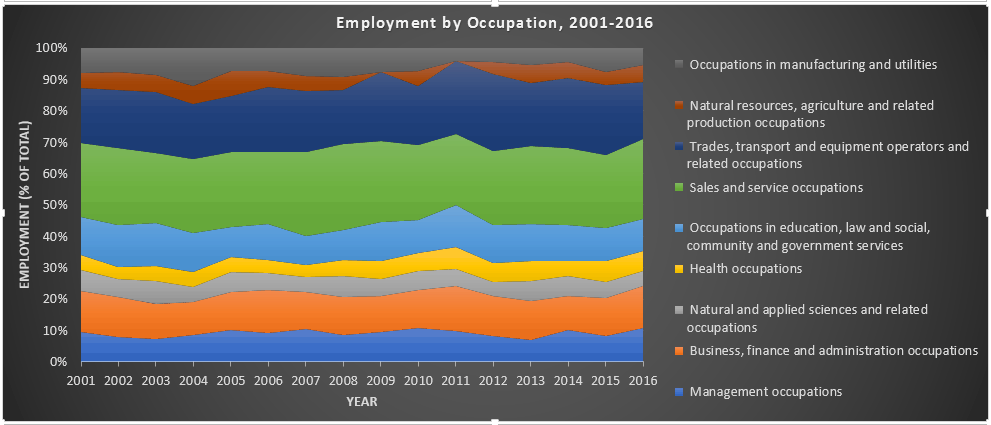
Data derived from BC Stats and Stats Canada provides a picture that is often not portrayed when we hear about northern BC: a picture of economic diversity, and of communities that offer an abundant range of services, opportunities, and education options.
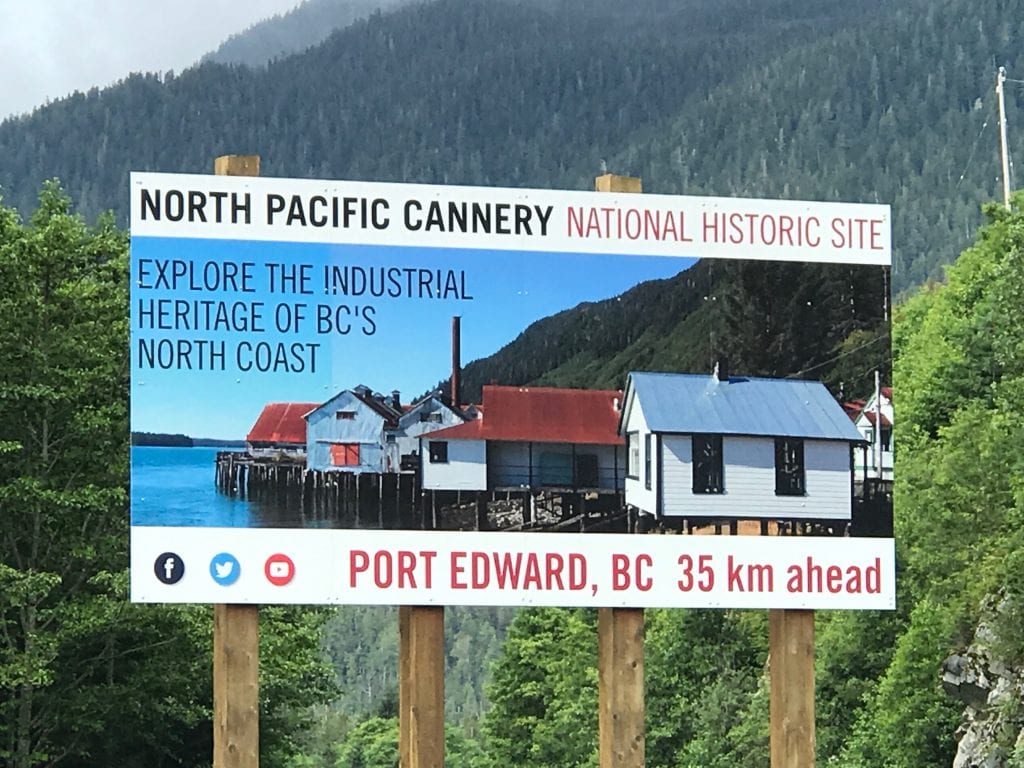
The evidence shows that the economics of northwestern BC are not singularly dependent on resource extraction, and that communities are have a much more varied and complex economic reality than is often portrayed. If we are to make good policy decisions, we must be working from a place of understanding and knowledge.
The history of BC is most definitely rooted in resource industries—forests, fisheries, minerals—and these industries continue to play a vital role in our economies and communities. However, we also need to recognize that healthy economies adapt to changing conditions, and the 21st-century economic conditions are very different from those past.
Resource Benefits Alliance
While economic diversity is evident, so too is resource extraction. “We’re the fibre basket of BC,” explained one Fort St James municipal councillor. “The wood grows here but the benefits roll out on logging trucks.” Logging trucks get rolling in the middle of the night in Fort St James.
One goal in all of the communities I visited was to see a revenue-sharing agreement that would ensure a share of resource revenues would flow back into the communities from which the resources are being extracted. The Northwest BC Resource Benefits Alliance is advocating for this, and hopes to see negotiations with the NDP government begin in the fall. (See the latest developments on this here.)
These revenues would be used to address impacts from major resource developments, and be applied to address infrastructure deficits in the northwest communities. The perception that the communities from which the resources are being extracted are not seeing what they deserve in government spending was prevalent across the entire region. This should be a priority of the new government.
Investment
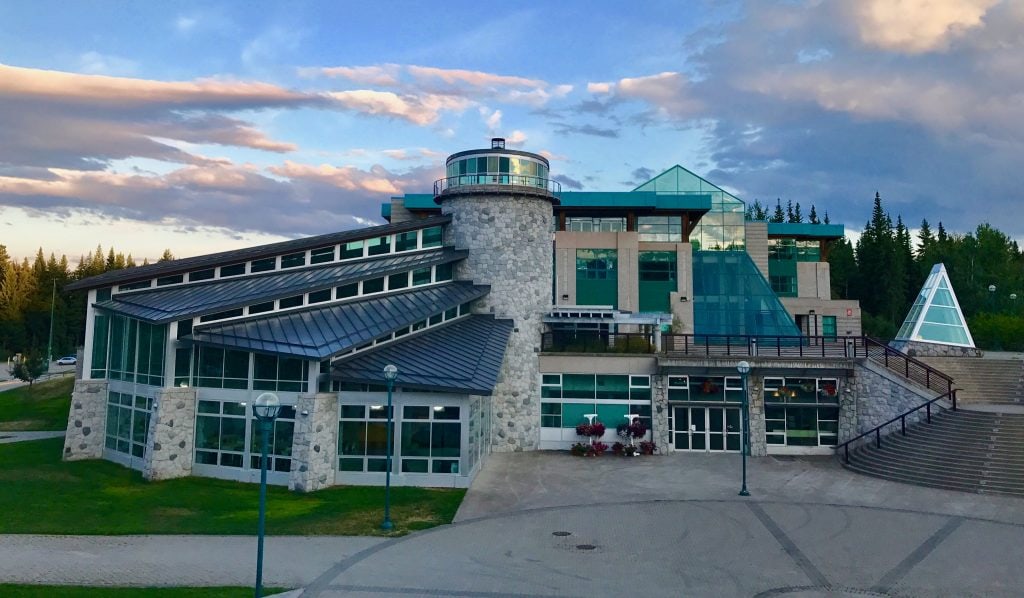
Another topic that came up in every community was the question of where government should invest its funds. There is visible evidence of investment in infrastructure for industry (for example, hydro lines for mining operations) just as there is visible evidence of a lack of investment in community infrastructure. In Terrace and Fort St James, local governments are hoping to hear of funding for new hospitals, as both towns have significant need for updated facilities to provide care for residents. In some communities, schools have been closed, leaving students to deal with long commutes each day.
All of these communities have challenges with connectivity and cellphone coverage, which tends to disappear soon after leaving town borders. Post-secondary investment has brought huge benefits to these towns, and they all want to see more funding, particularly for professional training (nursing, social work, education) and technology (for example, a renewable energy innovation institute for northern BC).
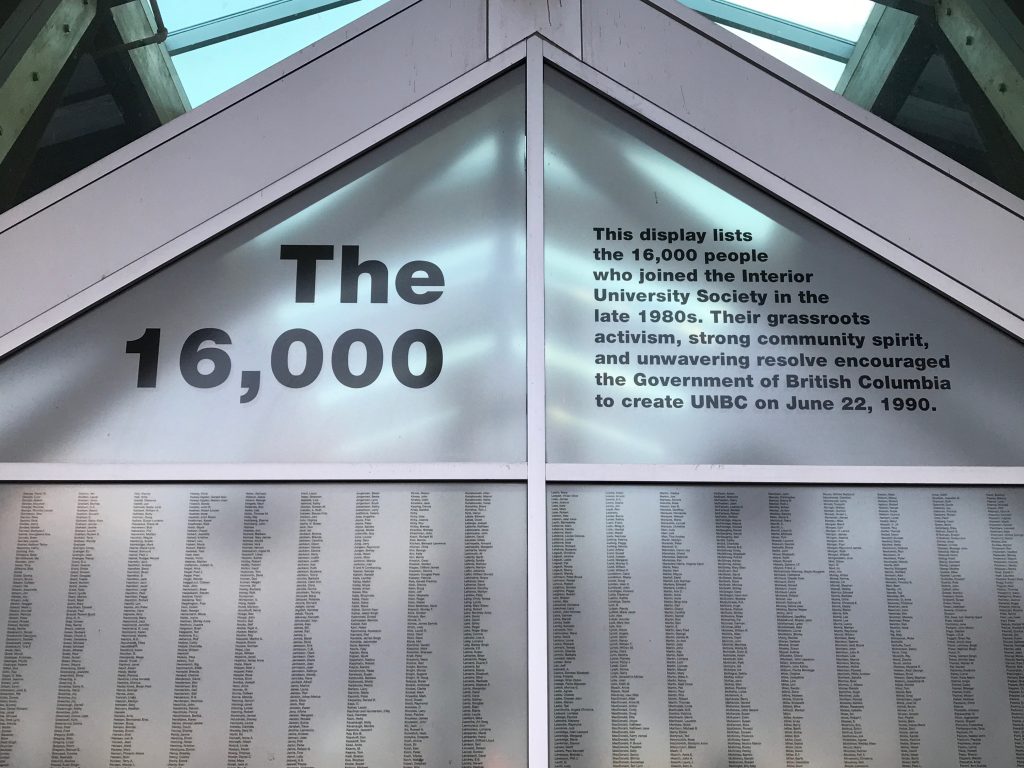
Renewable energy was also top of mind in all the communities I visited. In Terrace, there is huge potential for wind and geothermal; in Fort St James, a bio-energy plant is being built. The ultimate goal is energy resiliency: the capacity to generate energy in the community to ensure steady and reliable electricity. This will reduce the potential for power failures, which will help attract business investment to these communities.
We have an extraordinary opportunity in BC to move forward with a range of renewable energy projects that can create jobs in local communities and clean energy that contributes to the resiliency that we are going to need as we move forward in the 21st century.
Love of place, love of community
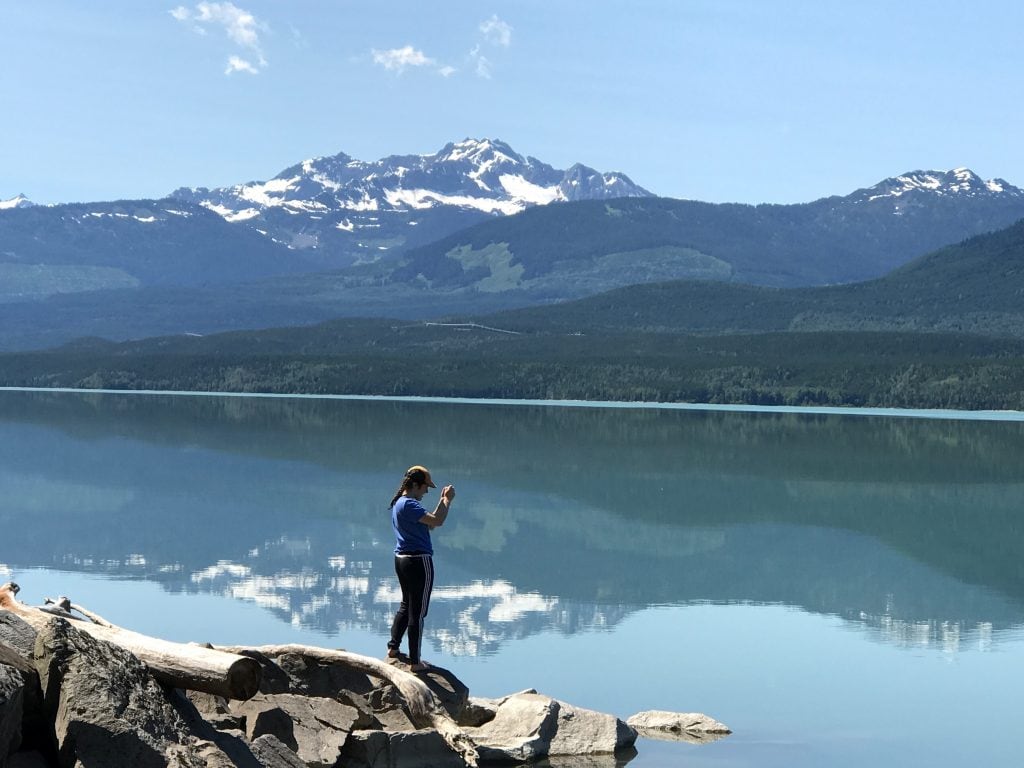
It was clear in every part of the northwest that people love where they live, and want to see a thriving future for their communities. A boom-and-bust approach to the economy can undermine the resilience and strength of any communities; long-term, sustainable jobs are best. As one councillor explained, “When the jobs are located at a mega-project 400 kms away, we lose our coaches and volunteers. It’s hard on families, and it’s hard on our community.”
We need to listen to the voices of these local leaders and community members, and recognize the wisdom of the people who live in this beautiful, bountiful region. There is far more that connects us than divides us. Many of the needs and challenges I heard match the same needs and challenges we see here in the Cowichan Valley.
Cooperation, coordination, and consideration will guide us toward making long-term policy decisions that benefit not only the northwest, but all of BC.
